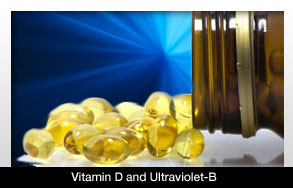 |
The place a person lives, combined with the time spent in the sun, may impact his or her risk of developing dental caries.
Since the days of the Civil War, the sun and its’ vitamin D and ultraviolet rays have impacted caries. According to research, 8 men per 1,000 in Kentucky were rejected from the draft for the Civil War based on lost teeth. The number jumped to 25 in the New England region. The reason was there was more vitamin D and ultraviolet rays present in Kentucky.
Many studies since indicate that the more sunlight a person receives, the less the person is at risk for dental caries—though the same can’t necessarily be said about other health issues.
The reason ultraviolet-B limits the risk of dental caries is because it produces vitamin D, and then there’s the induction of cathlecidin, a substance that destroys the oral bacteria associated with dental caries. Cathlecidin fights bacterial infections, including infections with pneumonia, sepsis and tuberculosis. Cathlecidin limits the risk of caries but isn’t necessarily linked directly to vitamin D.
Other materials, like serum 25-hydroxyvitamin D concentrations of about 30 to 40 ng/ml will curb the formation of dental caries. A person may produce anywhere from 16 to 25 ng/ml, depending on race and genetics. To get to these levels, a person needs to consume 1,000 to, 4,000 IU/d of vitamin D3 or spend 15 to 20 minutes in the sun around noon in the summer with anywhere from 20 to 30 percent of his or her body’s surface area susceptible to the sun.
The additional health benefits that come from vitamin D may make it the best choice to reduce a person’s risk of dental caries.

|



